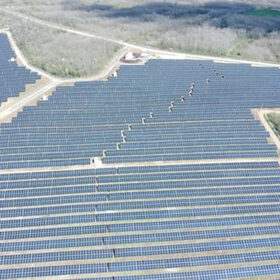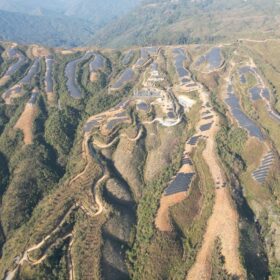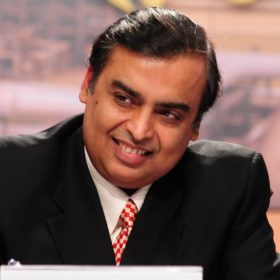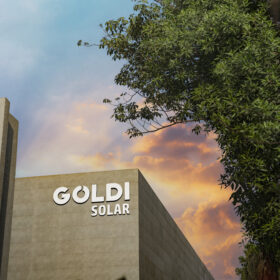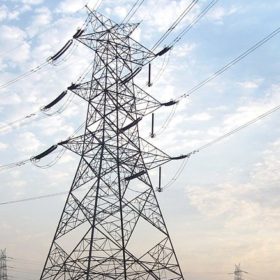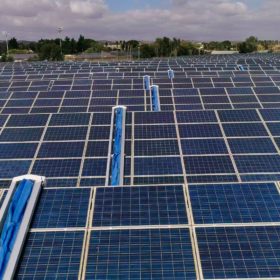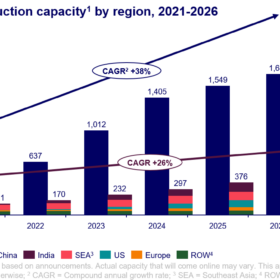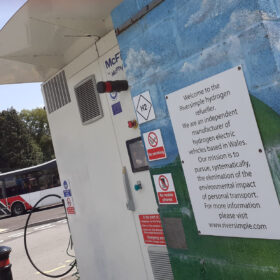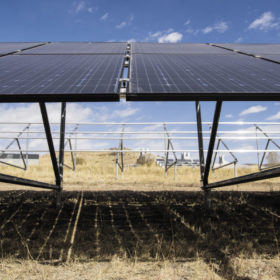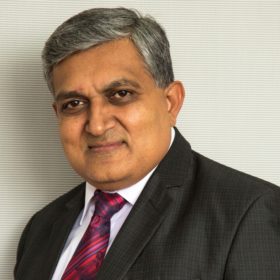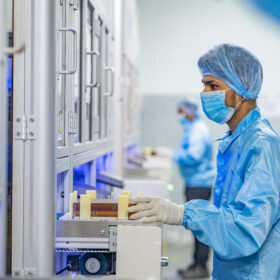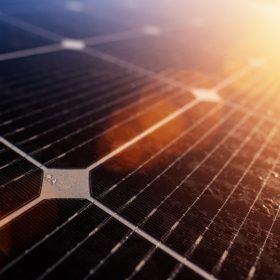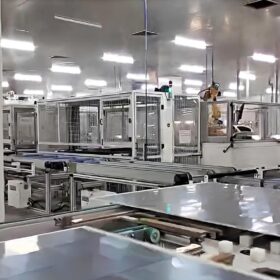Serbia attracts $2 billion Chinese investment in solar, wind, hydrogen
The Serbian Ministry of Mining and Energy has signed a memorandum of understanding (MoU) with Chinese companies Shanghai Fengling Renewables and Serbia Zijin Copper. It envisages the construction of 1.5 GW wind and 500 MW of solar projects alongside a green hydrogen production facility with 30,000 tons of annual output.
SAEL secures $1 billion for solar, biomass projects
Solar and waste-to-energy producer SAEL has secured $1 billion from financial institutions including Norfund, DFC, Asian Development Bank (ADB), and Tata Cleantech.
France’s new PV installations hit 3.15 GW in 2023
The French solar market grew by around 30% in 2023, reaching 3.15 GW, according to new data from Enedis. PV systems for self-consumption accounted for around one-third of all new capacity additions.
Reliance to sell REC’s polysilicon manufacturing arm for $22 million
Reliance Industries Ltd (RIL) is selling REC Solar Holdings’ kerf-based polysilicon manufacturing arm REC Solar Norway to Elkem ASA, a silicon-based material provider. Upon completion of the sale, RIL will continue to retain the technology and intellectual property rights of kerf-based polysilicon.
Goldi Solar secures 190 MW module supply order from Engie India
Goldi Solar will supply its HELOC PRO series of 545 Wp PV modules to Engie India’s Sayla village project in Gujarat.
KEC secures transmission line orders in Middle East, Europe
KEC International Ltd has secured orders for 220 and 400 kV overhead transmission lines in the Middle East, and 110 kV transmission lines in Europe.
Asia leads the global race in renewables with investments rising at 23% annually
Asia’s wind and solar capacity has expanded exponentially at 35% per year since 2015, outpacing RE growth rate in other continents like Europe and North America.
India will overtake Southeast Asia as the second-largest solar module producer by 2025
A Wood Mackenzie report forecasts China will dominate solar manufacturing through 2026, holding more than 80% of poly, wafer, cell and module manufacturing capacity for the next three years.
Europe should produce its own green hydrogen
As the cost of generating clean energy continues to fall, producing green hydrogen in Europe, rather than importing it from Africa – with all the transport costs and raised carbon footprint that would entail – is beginning to look like an increasingly viable option.
US, China dominate solar investment
China and the USA have been consistently attracting the most annual solar investments. Together, these have received about 50% of all solar investments since 2015, according to a new report released by the International Solar Alliance at its sixth assembly in New Delhi.
